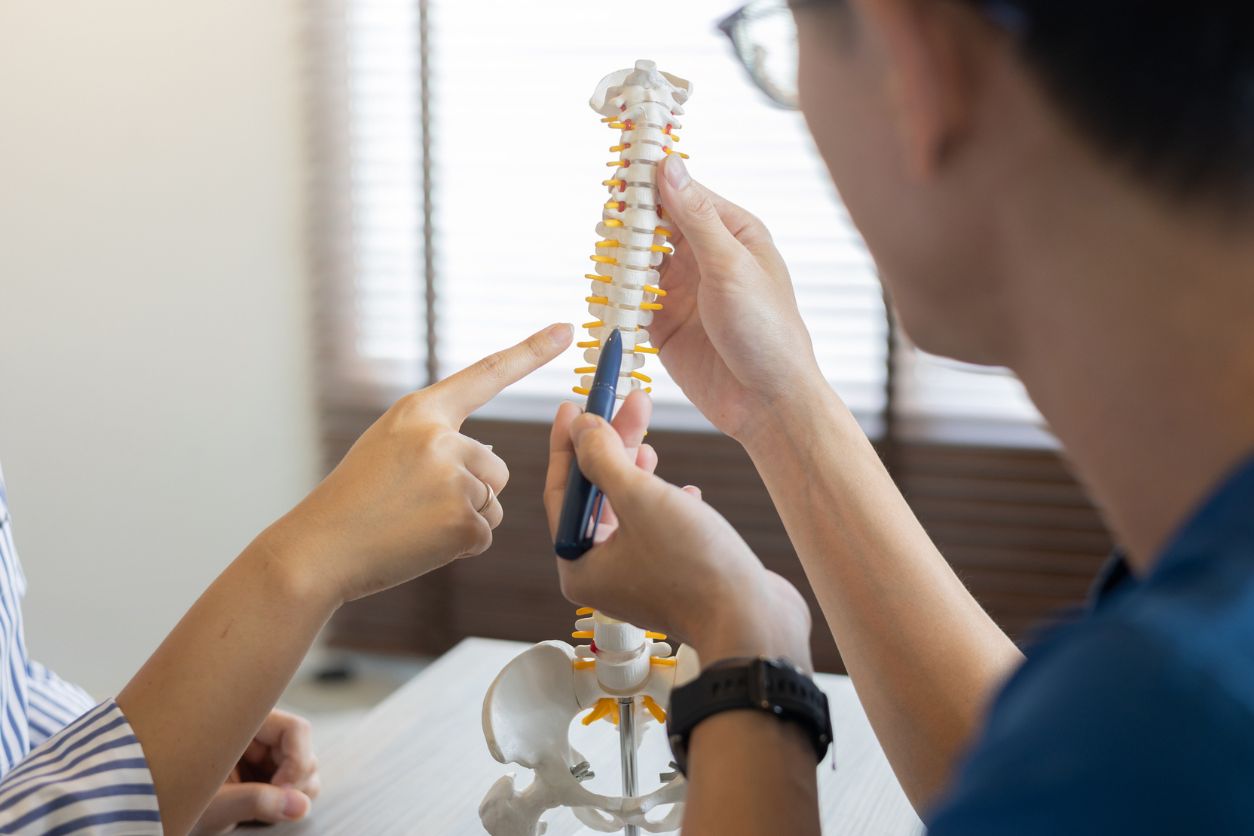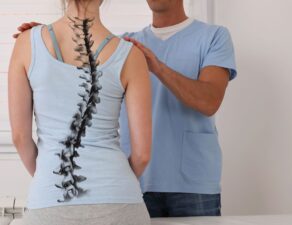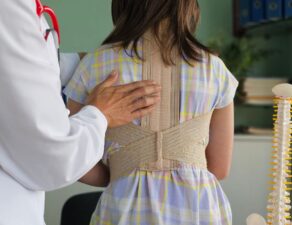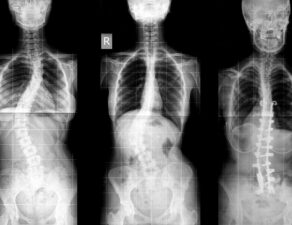
Scoliosis doesn’t always begin with dramatic changes or visible curves in the spine. In many cases, it starts subtly — maybe with a shoulder that sits slightly higher than the other or a shirt that never quite falls evenly. These small signs are often the earliest indicators of mild scoliosis, a condition that, while less severe than advanced scoliosis, still deserves attention and proper monitoring.
At Scoliosis Care, Dr. David Siambanes helps children, teens, and adults recognize the signs of mild scoliosis early and offers tailored care to prevent progression. Knowing what symptoms to look for can make all the difference in managing this condition proactively.
What Is Mild Scoliosis?
Mild scoliosis is typically defined as a sideways spinal curve measuring between 10 and 20 degrees, as determined by the Cobb angle on an X-ray. While the curve may not be obvious to the untrained eye, it can still cause subtle changes in posture and body mechanics that may lead to discomfort or imbalance over time.
For many patients, especially children and adolescents, this is the stage where scoliosis is first discovered, either during a routine physical exam, school screening, or after a parent notices something “off” about the way their child stands or walks.
Common Symptoms of Mild Scoliosis
Unlike more advanced forms of scoliosis, mild scoliosis may not cause pain or mobility issues right away. However, there are some early signs that are worth watching for:
- Uneven shoulders: One shoulder may appear higher or more prominent than the other.
- Asymmetrical waist or hips: The waistline may look uneven, or one hip may stick out slightly more.
- Clothing that fits unevenly: Shirts or pant legs that shift to one side can signal subtle shifts in posture.
- One shoulder blade sticking out more than the other: This is often noticeable when the person bends forward.
- Fatigue or discomfort after long periods of sitting or standing: Some patients report feeling “off” or slightly strained, even if there’s no pain.
In younger children, symptoms may be harder to detect, especially if the child isn’t complaining of discomfort. That’s why regular check-ups and spinal screenings are so important during growth years.
Is Mild Scoliosis Painful?
For most people, mild scoliosis is not associated with significant pain, while some may experience:
- Muscle fatigue or tightness on one side of the back
- Occasional backaches, especially after physical activity
- A sense of imbalance or poor posture
Adults with mild scoliosis may be more likely to experience discomfort than children, especially if they have desk jobs or spend long hours standing. In some cases, degenerative changes in the spine can make a previously mild curve more symptomatic over time.
What Happens If It’s Left Untreated?
Not all mild scoliosis cases will progress, but some do. Factors like age, rate of growth (in children and teens), and curve location all affect how scoliosis might change. That’s why it’s important to monitor mild scoliosis even if it isn’t currently causing issues.
Without regular evaluation, a curve that starts off mild can become moderate or severe, especially during puberty or periods of rapid growth.
How Dr. Siambanes Monitors and Treats Mild Scoliosis
Dr. David Siambanes, founder of Scoliosis Care and a board-certified orthopedic surgeon, offers a conservative, individualized approach to managing mild scoliosis. He works closely with each patient to determine the most appropriate next steps, which may include:
- Observation and regular X-rays to monitor the curve over time
- Physical therapy or exercise recommendations to improve strength, posture, and spinal support
- Postural training to correct imbalances that may contribute to discomfort
- Lifestyle adjustments to reduce stress on the spine, such as ergonomic changes at school or work
In some cases, no formal treatment is needed — just check-ins to ensure the curve isn’t progressing. However, if the curve does worsen, early intervention can prevent the need for more invasive treatments later.
When to Schedule an Evaluation
If you or your child has noticed any of the symptoms listed above, or if scoliosis runs in your family, it may be time to schedule a consultation. You don’t need to wait for pain to appear before seeking help.
Early diagnosis and monitoring are key when it comes to mild scoliosis. Dr. Siambanes is here to provide expert, personalized care in a supportive and informative environment.
Concerned about mild scoliosis symptoms?
Click here to request an appointment with Dr. Siambanes to get the answers and peace of mind you’re looking for.








